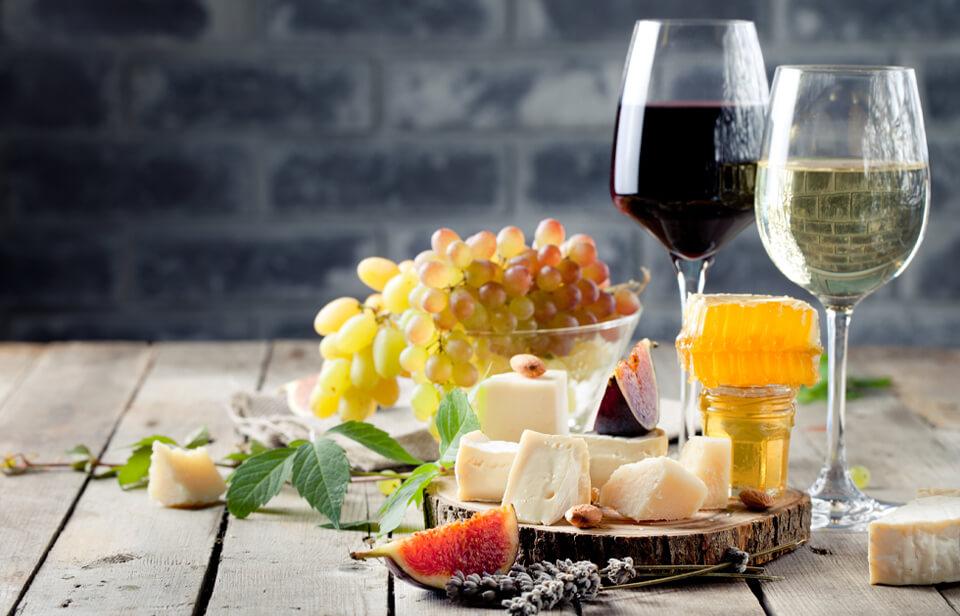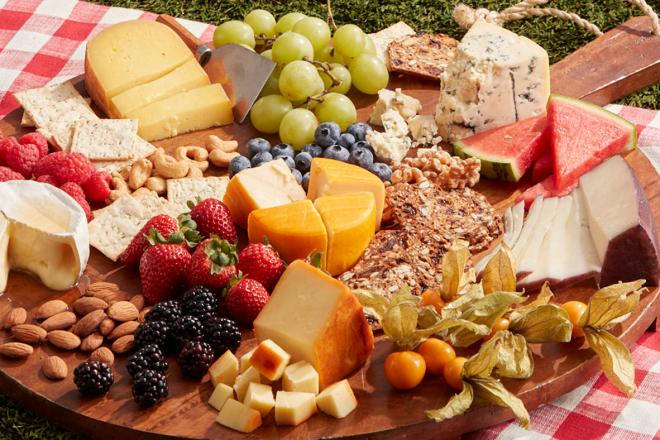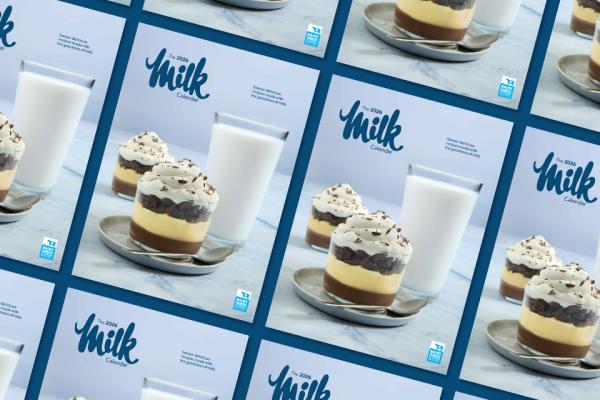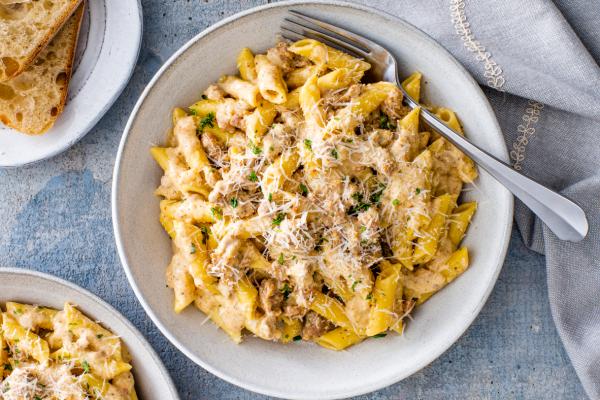Whether it’s for appetizers before dinner or to end a good meal, Canadian cheeses are the faithful companions of every epicure. And what better way to enjoy a good cheese than with its timeless partner: a glass of wine.
The right combination
According to many specialists, "wine and cheese" aficionados and gourmands, there is at least one rule that should be followed: first serve the lighter cheeses accompanied by light wines and gradually move to the stronger tasting cheeses and full-bodied wines. Personal taste also comes into play, and yours will surely guide you to interesting combinations.
Whatever your preferences, you should choose your cheeses from among the different categories of fresh cheese, soft cheese, semi-soft cheese, firm cheese, and hard cheese.
A few tips to guide you
Fresh cheeses
On biscuits, they make delicious little snacks to accompany sparkling wines and Champagne. They can also be enjoyed with most white wines such as a young Chardonnay, Sauvignon Blanc and Reisling and some red wines such as a Pinot Noir or Valpolicella.
Soft cheeses
With a young Brie or Camembert, serve light fruity wines, such as a Gewürztraminer, a Riesling or a Bordeaux. If the cheeses are more mature, serve drier red or white wines, such as a Châteauneuf-du-Pape, a Cabernet Sauvignon or a Gamay.
Semi-soft cheeses
Gruyère, Havarti and Monterey Jack go well with dry and light white, rosé or red wines, such as Alsace, Orvieto, Entre-Deux-Mers, white Sauvignon, Chablis, Moselle wines or Beaujolais. With semi-firm cheeses offering stronger flavours, like Cantonnier, Noyan or Oka, serve full-bodied wines such as a Chianti or a Burgundy.
Firm cheeses
With mild or medium Cheddar, Emmental, Gouda, Friulano, or Provolone, choose dry rosé wines or fruity red wines. With flavoured cheeses of this category (sharp Cheddar, Miranda, Aged Provolone), serve full-bodied reds, like Bordeaux, Médoc, Côtes-du-Rhône, Zinfandel, Rioja, Chianti or Saint-Émilion wines. There's also a growing tendency among wine and cheese lovers to enjoy these cheeses with an old Burgundy, Port or Sherry wines. Blue cheeses, such as Ermite or Blue Bénédictin, are marvellous with Port, Ice wines, Ice ciders or dessert wines such as a Sauternes.
Hard cheeses
A Canadian Parmesan is a pure delight with very dry whites, such as Alsace, Tokay and Pinot Gris wines. It is also delicious with a sherry. Ample and full-bodied reds can also be served.
The importance of temperature
To appreciate wines at their full potential, never forget to serve them at the proper temperature. Dry red wines, for example, are at their best between 14 and 20ºC, whereas light red, dry white and rosé wines are better served at a temperature between 10 and 12ºC. As for dessert wines, they are perfect around 8ºC, and sparkling wines and Champagne should be served at 5 or 6ºC.










